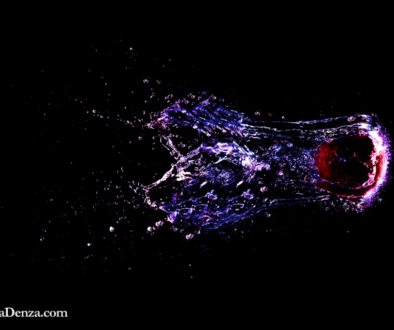Roy Kesey’s “Pacazo” is not a book to be rushed through. It is a work as fine as any classic, meant to be read again and again, slowly, with attention.

It is the story of John Segovia (when John was a boy, his father told him he was a descendant of Juan de Segovia), a North American ex-pat historian working in Piura, Peru as an English professor. He’d come to Peru and not only fell in love with his late wife, but seemed to fall in love with the land and all of its quirks, failings and beauty. We meet John after his wife has been brutally raped and has died, disoriented and wounded, in the desert. John spends much of the novel overcoming the urge to seek violent revenge, sometimes while carrying his infant child around in a snuggly. He seems to always be plotting, seeking, and nearly always on the verge of being fired, and though he’s clearly suffering, avenging Pilar’s death seems to give him a purpose, as does diminishing the ill effects of El Nino on comfortable living.
The narration, told in the present tense and from John’s point of view, is a hybrid mix of collage and stream of consciousness. Scene blends into historical discourse which blends into dreams remembered which blend into sensory observations, sometimes within the same paragraph, sometimes within the same sentence. The result of which lends the feeling, at times, of being unmoored thus reflecting the narrator’s state of mind. The novel is laced with humor and packed with startling imagery: pacazo shit raining down on John’s head, whole mountains collapsing, and details of how a stingray’s “barbed spine will plunge in and rip out, taking its plug of flesh.” Not only rich with history and detail, the novel also offers insight on Peruvian manners and customs: for instance if someone pauses before he says yes to an invitation, he’s politely saying no.
John Segovia is a magnificent, lumbering, well-meaning character, and in “Pacazo” the country of Peru is a character just as prominent, just as magnificent. After reading this imaginative, refreshingly unique novel, I feel I know the place and its people enough to hold them both in my mind and heart, almost as if I’d been to Piura, Peru myself.


